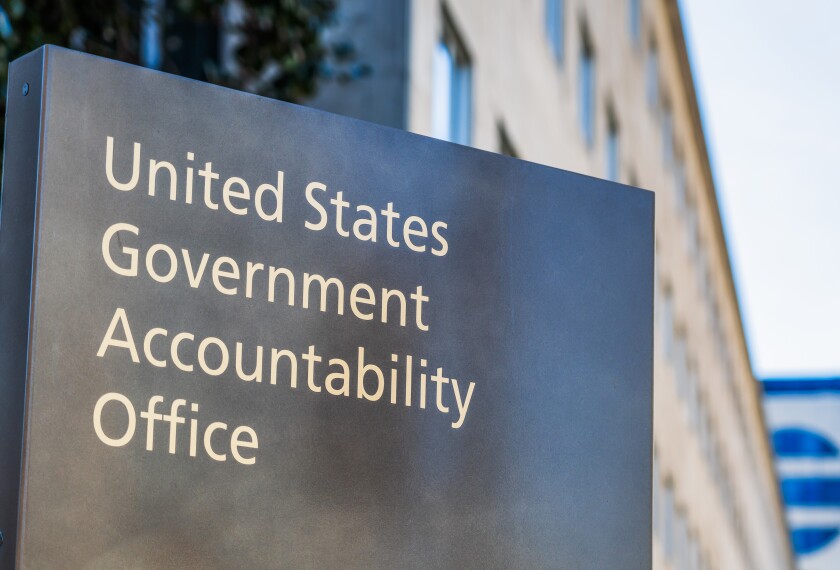Pandemic-era virtual learning prompted most districts to invest heavily in technology for nearly all students, including millions of Chromebooks, iPads, and other devices.
Most school districts now have 1-to-1 technology, meaning every student has a school-issued learning device. Eighty-five percent of educators said their district has a device for each student at all grade levels in a 2022 survey conducted by the EdWeek Research Center.
Those devices, eventually, will come to the end of their usable lives, and it will be districts’ responsibility to recycle, repurpose, or dispose of them. Finding ways to dispose of those devices in an environmentally friendly way is a key consideration, as schools can play a role in combating the climate crisis in part by reducing unnecessary waste.
Here are four ways districts can extend the lives of their devices and prepare for recycling and the disposal of technology that has aged out.
1. Invest in repairs so devices last as long as possible
The easiest way for districts to get the biggest bang for their buck is to extend the life of their technology as long as possible, said LeeAnn Kittle, executive director of sustainability for the Denver school district. It’s a well-known fact that students aren’t the gentlest users of their Chromebooks and tablets, especially schools’ youngest learners. Creating a budget each year for repairs and performing routine maintenance can help extend the life of devices, keeping them out of the waste stream longer and deferring the need to purchase replacements.
2. Start ‘end-of-life’ planning early
No matter how hard districts work to extend the life of their devices, the time will come to say goodbye. District leaders should start planning now for that inevitability so they’re not caught flat-footed with hundreds or thousands of devices that need to be recycled or disposed of, said Jun Kim, director of technology in Moore, Okla.
“End-of-life” planning for school devices should include budgeting for new technology and creating a staggered cycle for replacements so the district doesn’t have to purchase a whole new slate of devices at the same time, Kim said. Districts should also establish partnerships either for refurbishing or recycling devices, whether through local companies or larger vendors. Having those partnerships and plans in place can make the process less stressful when it’s time to replace machines, Kim said. These companies also have the expertise and manpower to dispose of devices in bulk.
3. Consider student internships for technology maintenance and recycling
Another partnership districts can consider is with their own students.
Schools can tap into their career and technical education programs, and recruit students interested in tech careers to work on repairing and refurbishing devices.
The Moore, Okla., district, for example, offers courses and paid internships within its IT department for students interested in careers that involve repairing technology and breaking down devices to recycle reusable parts.
In the past year, students have repaired about 1,000 devices and provided hundreds of hours of customer support services to staff and families in need of technology help, according to Kim.
The program has also helped the district financially.
Along with not having to hire additional staff to do the same work, which is not in the budget, the district has saved about $90,000 by repurposing salvageable parts from otherwise broken, unfixable devices to repair other devices that merely need replacement parts, Kim said.
4. Donate or sell discounted devices to give back to the community
Devices that don’t require disposal but are being replaced as part of a district’s routine technology upgrade schedule can be donated to other districts with fewer resources, local families and organizations, or even sold at a discounted price to community members. These efforts can help provide families that otherwise cannot afford them with devices to use at home, Kim said.
Disclaimer: The copyright of this article belongs to the original author. Reposting this article is solely for the purpose of information dissemination and does not constitute any investment advice. If there is any infringement, please contact us immediately. We will make corrections or deletions as necessary. Thank you.







